Candy CDPN 1L390PB-80 Manual
Læs gratis den danske manual til Candy CDPN 1L390PB-80 (40 sider) i kategorien Opvaskemaskine. Denne vejledning er vurderet som hjælpsom af 13 personer og har en gennemsnitlig bedømmelse på 4.3 stjerner ud af 7 anmeldelser.
Har du et spørgsmål om Candy CDPN 1L390PB-80, eller vil du spørge andre brugere om produktet?

Produkt Specifikationer
| Mærke: | Candy |
| Kategori: | Opvaskemaskine |
| Model: | CDPN 1L390PB-80 |
Har du brug for hjælp?
Hvis du har brug for hjælp til Candy CDPN 1L390PB-80 stil et spørgsmål nedenfor, og andre brugere vil svare dig
Opvaskemaskine Candy Manualer


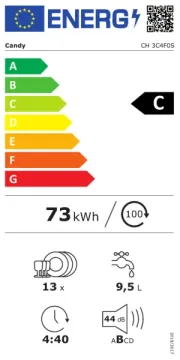
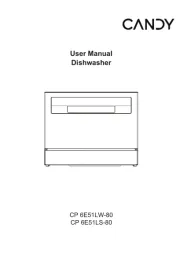
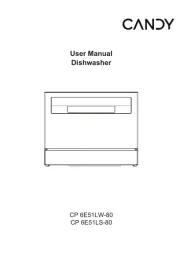
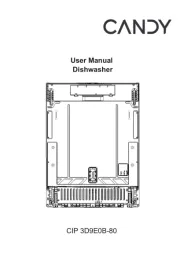
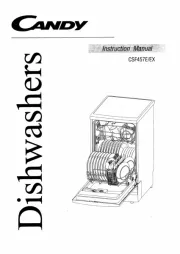

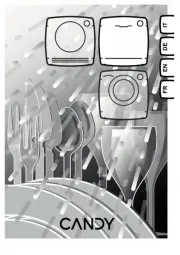
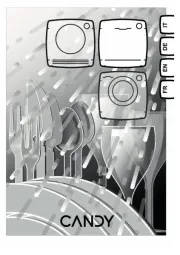
Opvaskemaskine Manualer
- Mabe
- Wasco
- Cookology
- Kenwood
- Wolkenstein
- BEKO
- Progress
- Miele
- Currys Essentials
- Nabo
- Medion
- Colged
- Furrion
- Meiko
- PITSOS
Nyeste Opvaskemaskine Manualer









